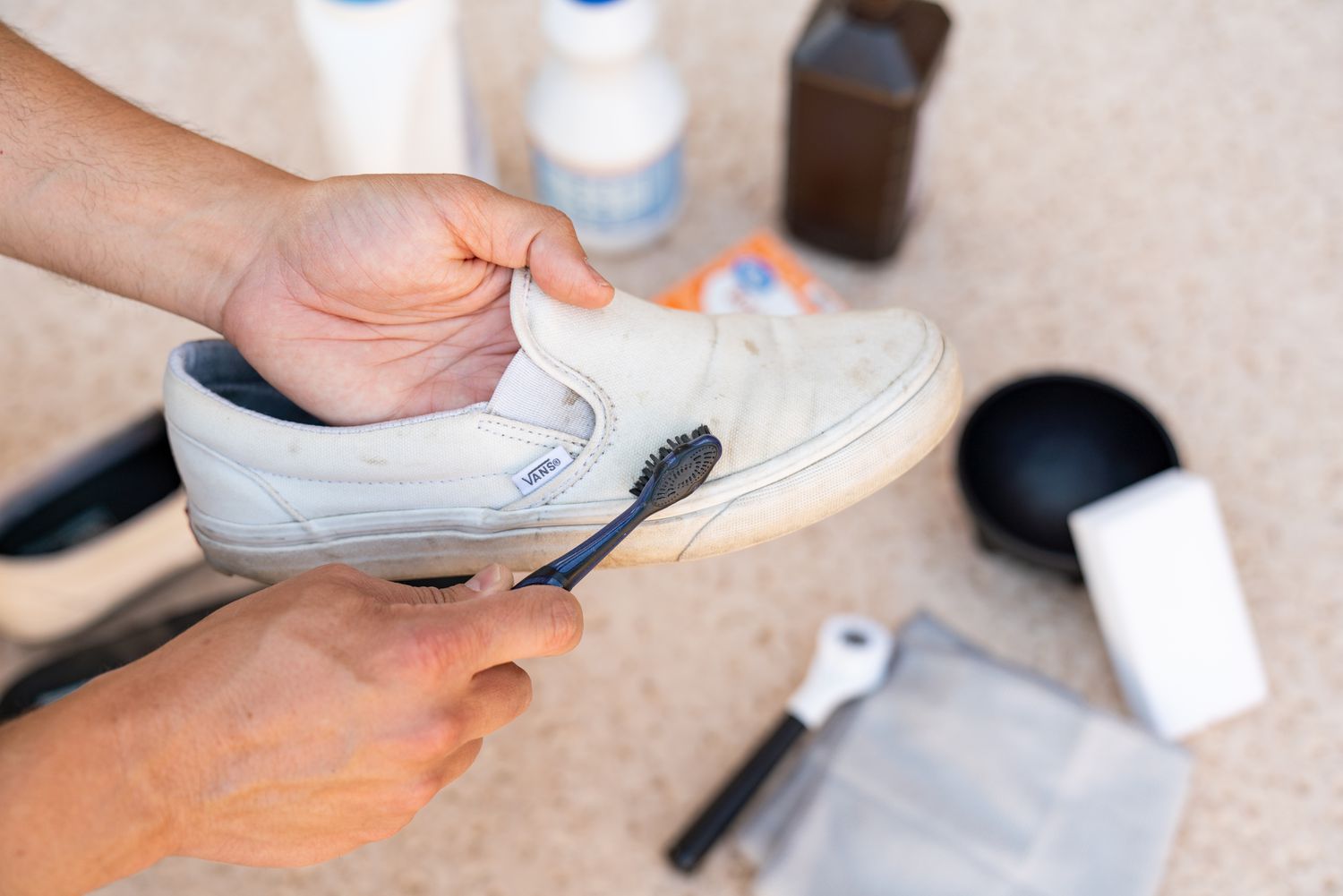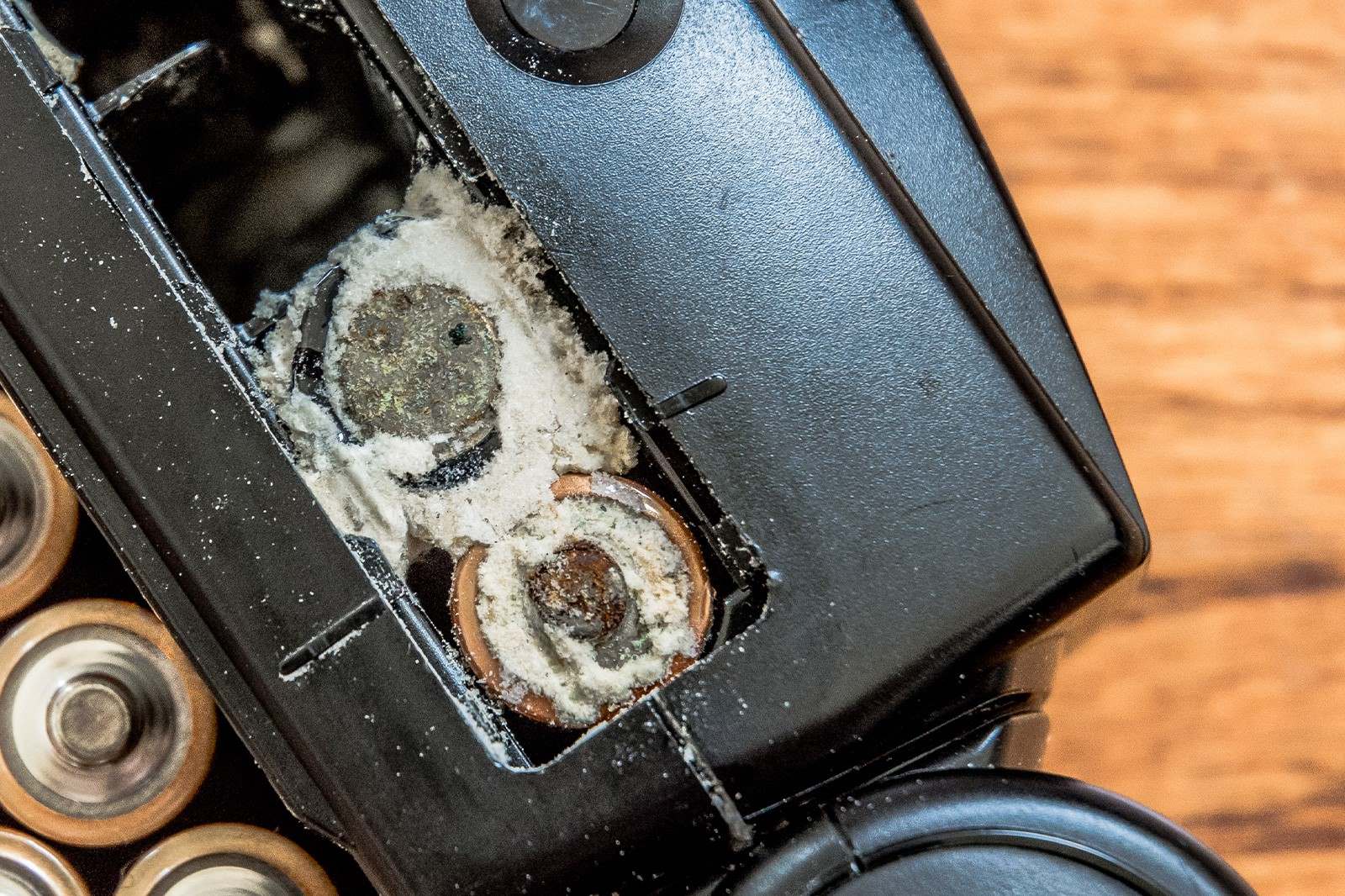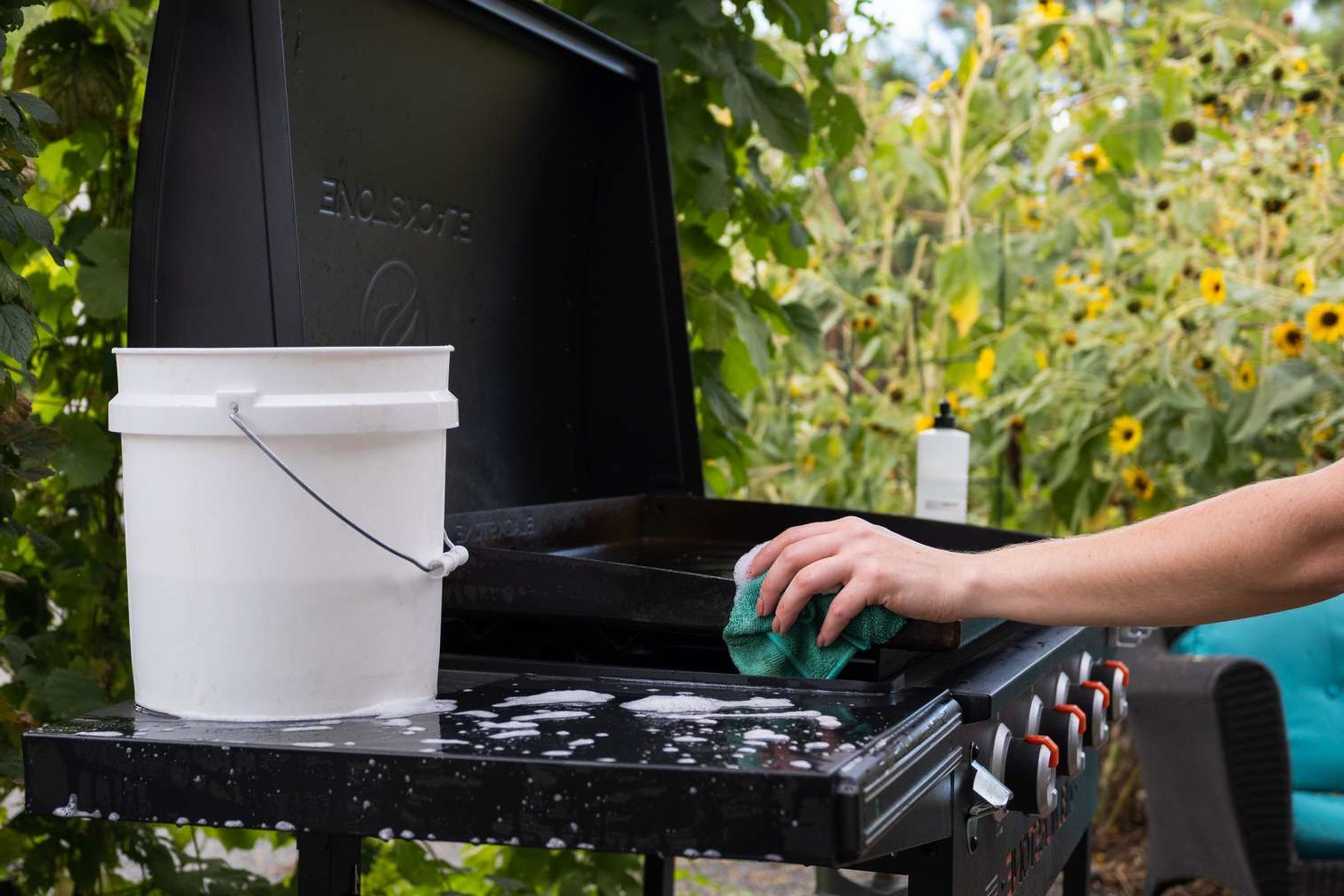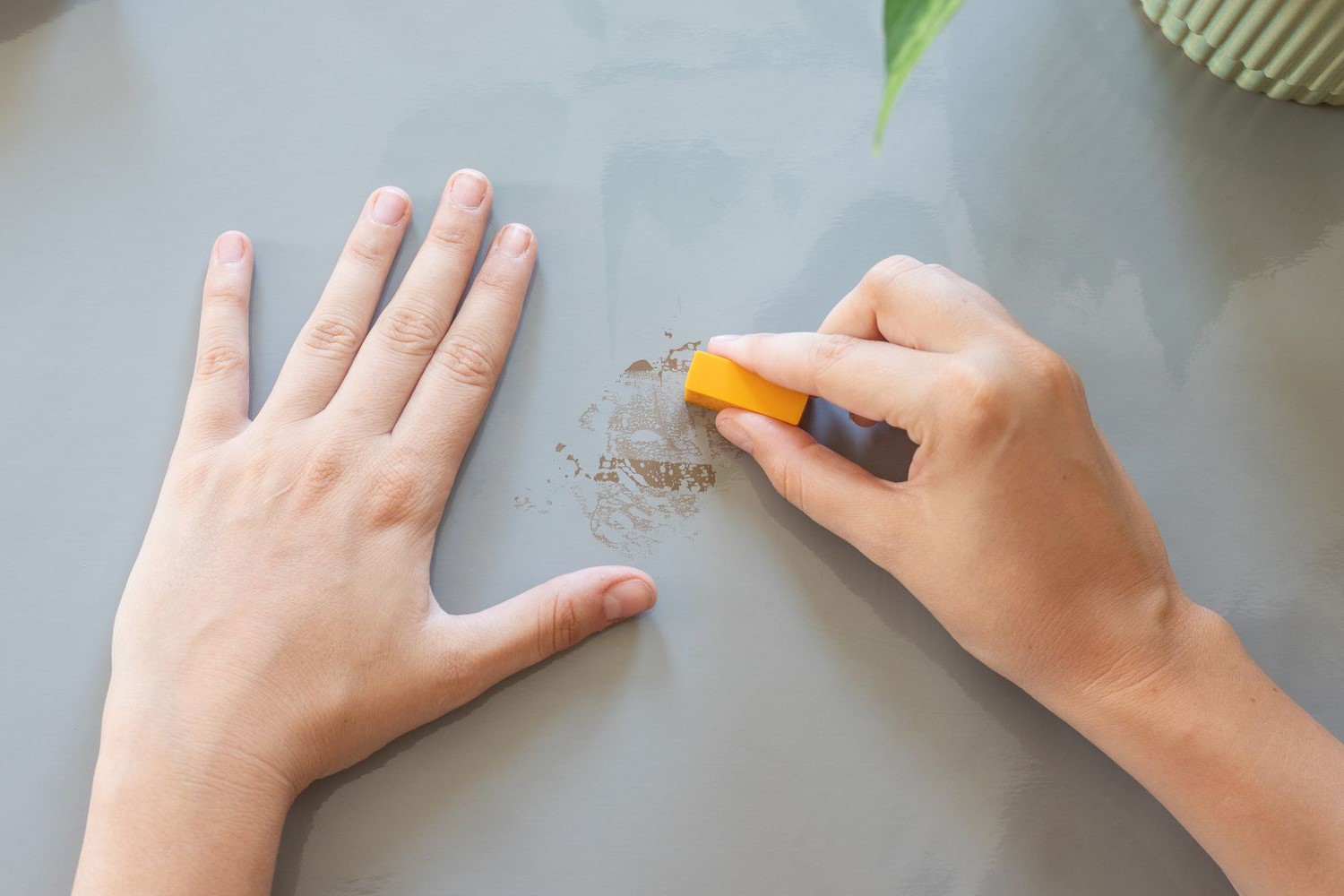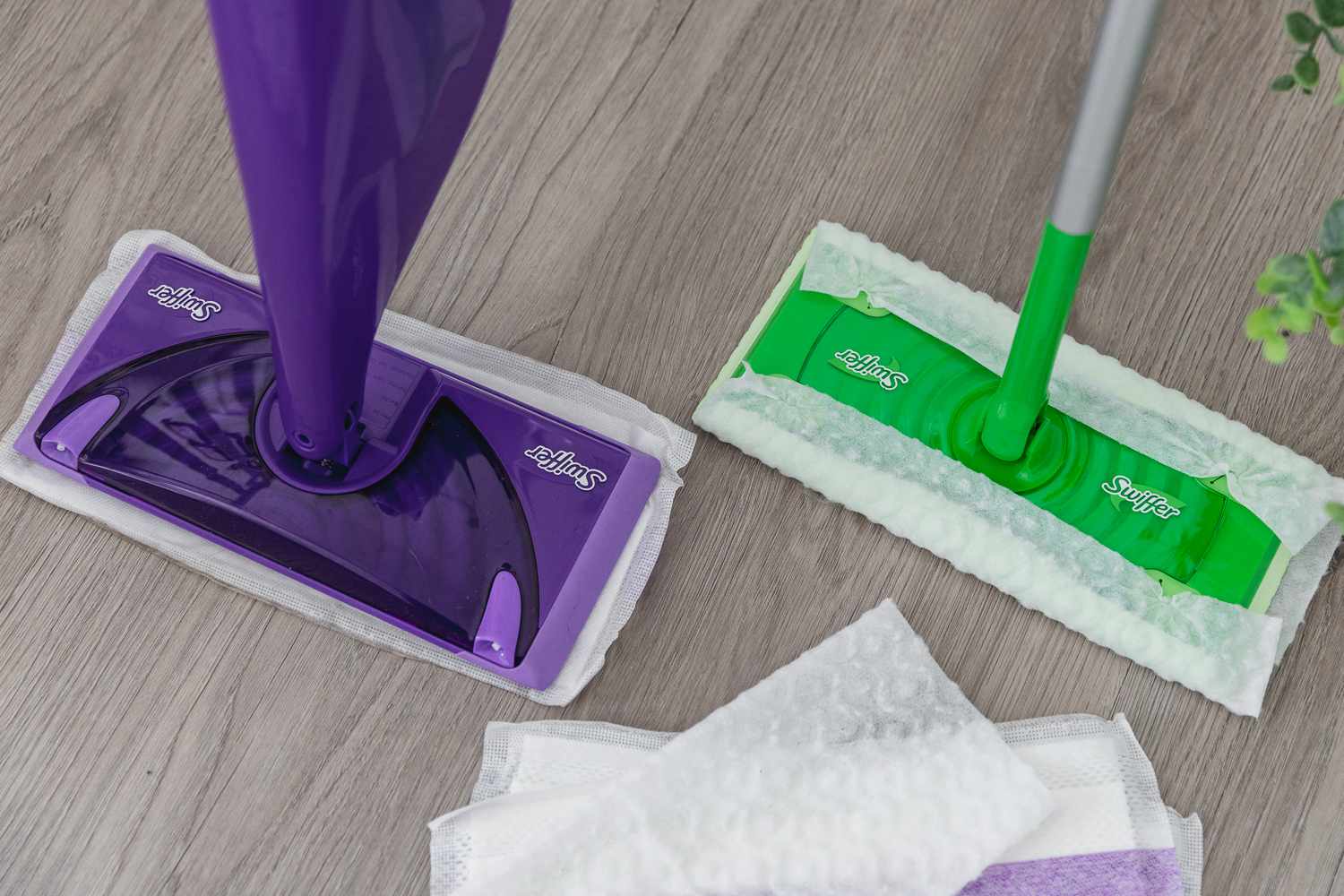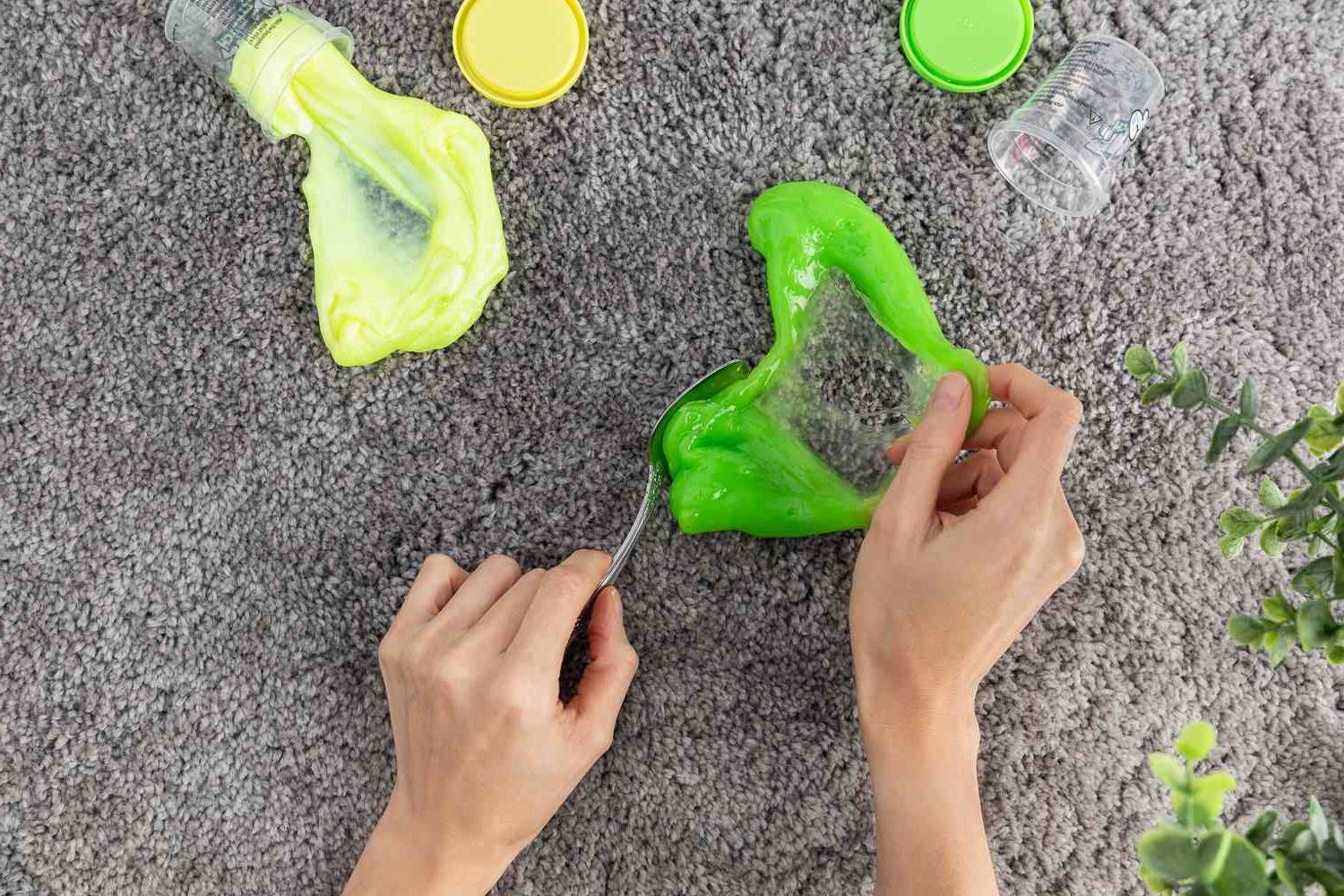Home>Food and Cooking>How To Clean Blueberries
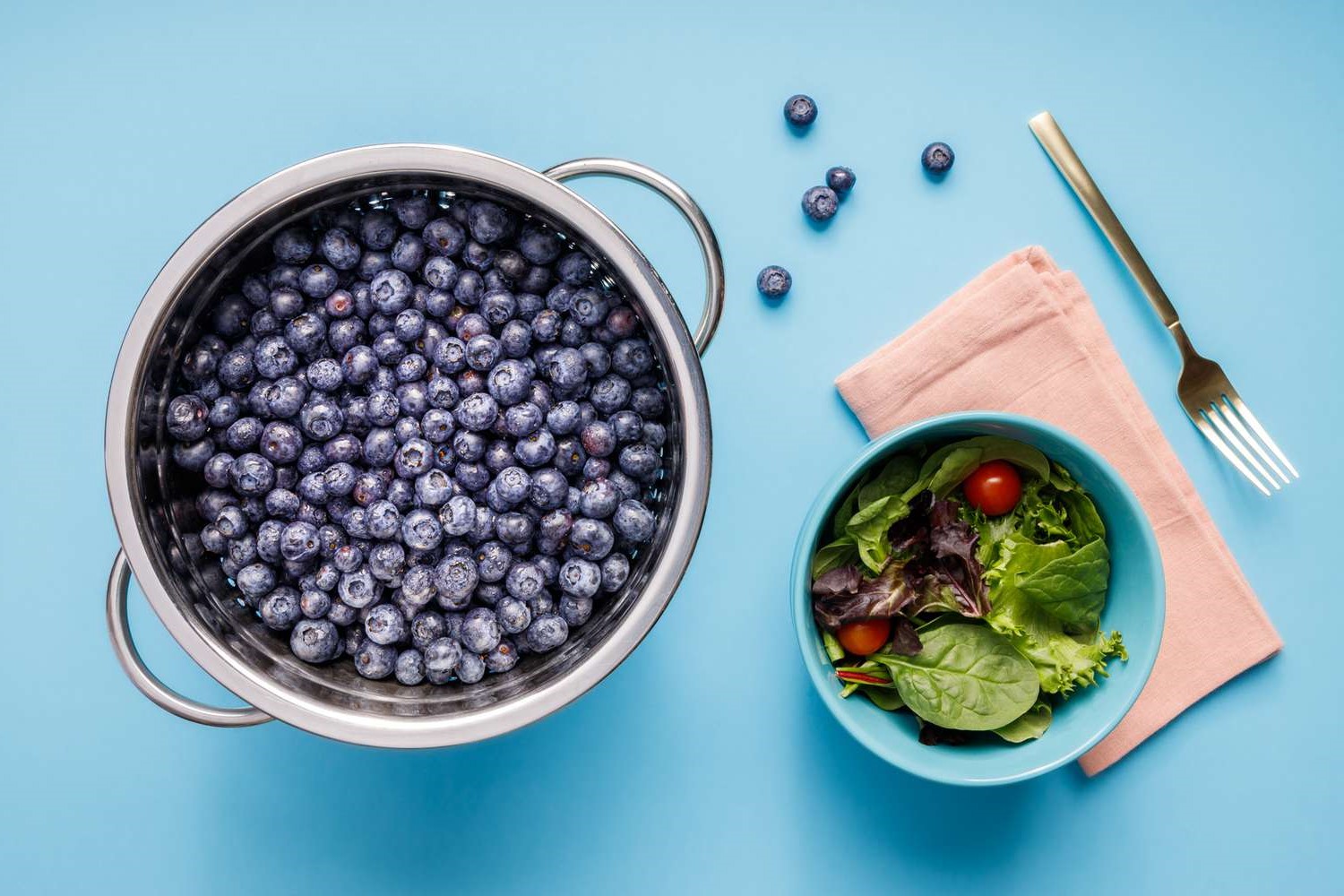

Food and Cooking
How To Clean Blueberries
Published: February 26, 2024
Learn the best methods for cleaning blueberries to ensure they are safe and delicious to eat. Discover expert tips for washing and storing blueberries at home. Perfect for food and cooking enthusiasts!
(Many of the links in this article redirect to a specific reviewed product. Your purchase of these products through affiliate links helps to generate commission for Noodls.com, at no extra cost. Learn more)
Table of Contents
Introduction
Blueberries are not only delicious and versatile but also packed with essential nutrients and antioxidants. Whether you've just returned from the farmer's market or picked them yourself at a local blueberry farm, it's crucial to clean them properly before enjoying their delightful flavor. Cleaning blueberries not only removes dirt and debris but also ensures that they are safe to eat and ready to be used in various culinary creations.
Properly cleaned blueberries are not only safer to consume but also have a longer shelf life. By following a few simple steps, you can ensure that your blueberries are clean, fresh, and ready to be used in your favorite recipes. In the following sections, we will guide you through the process of cleaning blueberries, from rinsing them to storing them properly. Let's dive into the steps to ensure that your blueberries are pristine and ready to be enjoyed in all their delicious glory.
Step 1: Rinse the Blueberries
Rinsing blueberries is the first and most crucial step in the cleaning process. It's essential to remove any dirt, residue, or potential contaminants from the surface of the berries. Follow these simple steps to ensure that your blueberries are thoroughly rinsed and ready to be enjoyed:
-
Prepare the Blueberries: Place the fresh blueberries in a colander or strainer. Ensure that the container is large enough to hold all the berries without overcrowding them. This allows the water to flow freely through the berries, ensuring thorough rinsing.
-
Gentle Water Flow: Gently rinse the blueberries under cold, running water. The gentle flow of water helps dislodge any dirt or debris without damaging the delicate skin of the berries. Avoid using hot water, as it can cause the berries to become mushy or lose their natural firmness.
-
Swirling Motion: While rinsing, use a swirling motion to ensure that all the berries are thoroughly washed. This helps to dislodge any stubborn dirt or residue that may be clinging to the surface of the berries.
-
Inspect for Debris: As you rinse the blueberries, take a moment to inspect them for any remaining stems, leaves, or damaged berries. Remove any debris or spoiled berries to ensure that only clean, fresh blueberries remain.
-
Patience is Key: Take your time while rinsing the blueberries, ensuring that each berry receives adequate attention. Rushing through this step may result in inadequately cleaned berries, compromising their quality and safety.
By following these simple steps, you can effectively rinse your blueberries, ensuring that they are clean, fresh, and ready to be used in a wide range of culinary delights. Once the blueberries are thoroughly rinsed, you can proceed to the next step in the cleaning process, ensuring that your berries are pristine and ready to be enjoyed in all their natural goodness.
Step 2: Remove any Stems or Leaves
After thoroughly rinsing the blueberries, the next crucial step is to remove any remaining stems or leaves that may still be attached to the berries. While most commercial blueberries are typically sold with minimal stems, it's not uncommon to find a few lingering stems or leaves that require removal. This step is essential to ensure that your blueberries are not only clean but also free from any unwanted parts that may affect their taste or texture.
To effectively remove any stems or leaves from the blueberries, follow these simple yet important steps:
-
Inspect the Blueberries: After rinsing the blueberries, take a moment to carefully inspect each berry. Look for any remaining stems, leaves, or other debris that may still be present. This visual inspection allows you to identify and remove any unwanted parts before consuming or using the blueberries in recipes.
-
Gentle Removal: Using your fingers or a pair of kitchen tweezers, gently pluck off any stems or leaves that are still attached to the blueberries. Exercise caution to avoid bruising or damaging the berries during this process. The goal is to remove the unwanted parts while preserving the natural integrity of the blueberries.
-
Quality Check: As you remove the stems and leaves, take the opportunity to conduct a quality check on the blueberries. Discard any berries that appear overly soft, moldy, or damaged, as they may affect the overall quality of the batch. This ensures that only the freshest and most pristine blueberries remain for consumption or culinary use.
-
Attention to Detail: Pay close attention to each blueberry, ensuring that all stems and leaves are thoroughly removed. While this step may require a bit of time and patience, it is essential for preparing the blueberries for various applications, from snacking to baking and cooking.
By diligently removing any remaining stems or leaves from the blueberries, you can guarantee that they are free from unwanted parts and ready to be incorporated into your favorite dishes. This meticulous process ensures that your blueberries are not only clean and visually appealing but also primed for optimal enjoyment and culinary versatility. With the stems and leaves removed, your blueberries are now prepared for the next step in the cleaning process, setting the stage for their seamless integration into a wide array of delightful recipes.
Step 3: Gently Pat the Blueberries Dry
After rinsing and removing any stems or leaves, the next crucial step in the blueberry cleaning process is to gently pat them dry. While rinsing effectively removes surface dirt and debris, ensuring that the blueberries are thoroughly dried is essential for several reasons. Drying the blueberries not only enhances their shelf life but also prevents moisture-related issues that can compromise their quality and texture.
To gently pat the blueberries dry, follow these simple yet important steps:
-
Use a Clean Paper Towel or Kitchen Cloth: Select a clean, lint-free paper towel or kitchen cloth to gently dry the blueberries. The soft, absorbent nature of these materials makes them ideal for removing excess moisture without causing damage to the delicate skin of the berries.
-
Transfer the Blueberries: Carefully transfer the rinsed blueberries onto the paper towel or kitchen cloth, ensuring that they are spread out in a single layer. This allows for even drying and prevents the berries from becoming overcrowded, which can trap moisture.
-
Light Patting Motion: With the blueberries arranged on the paper towel or kitchen cloth, use a light patting motion to absorb any remaining water droplets. Avoid pressing down forcefully, as this can lead to bruising or damaging the berries. The goal is to gently remove excess moisture while preserving the natural integrity of the blueberries.
-
Inspect for Dryness: As you pat the blueberries dry, take a moment to inspect them for any lingering moisture. Pay attention to areas where water may collect, such as the crevices between the berries. Ensure that each blueberry appears dry to the touch before proceeding to the next step.
-
Allow Air Drying, if Necessary: If the blueberries still retain some moisture after patting them dry, consider allowing them to air dry for a few additional minutes. This can be done by spreading them out on a clean, dry surface and allowing the natural airflow to complete the drying process.
By gently patting the blueberries dry, you can ensure that they are free from excess moisture and ready to be stored or used in your favorite recipes. This important step sets the stage for the final phase of the cleaning process, ensuring that your blueberries are pristine, dry, and prepared for various culinary applications.
Step 4: Store the Clean Blueberries
Proper storage is essential to maintain the freshness and quality of clean blueberries. After completing the cleaning process, it's crucial to store the blueberries correctly to ensure that they remain fresh and flavorful for an extended period. By following the appropriate storage guidelines, you can maximize the shelf life of your blueberries and enjoy their delightful taste in various culinary endeavors.
Here's how to effectively store your clean blueberries:
-
Refrigeration: Transfer the clean, dry blueberries to a clean, airtight container or resealable plastic bag. Ensure that the container is moisture-free and has ample space to accommodate the blueberries without crushing them. Properly sealed containers prevent exposure to excess moisture and help maintain the ideal storage conditions for the berries.
-
Refrigerator Placement: Place the sealed container of blueberries in the refrigerator, ideally in the crisper drawer where the temperature and humidity levels are conducive to preserving the freshness of the berries. Avoid storing the blueberries near foods with strong odors, as they can absorb these odors, affecting their natural flavor.
-
Avoid Washing Before Storage: It's important to refrain from washing the blueberries again before storing them, as excess moisture can accelerate spoilage. The berries should be stored dry and only rinsed when ready to be consumed or used in recipes.
-
Check for Spoilage: Periodically inspect the stored blueberries for any signs of spoilage, such as mold or excessive softening. Remove any spoiled berries immediately to prevent the spread of spoilage to the rest of the batch.
-
Usage Timeline: While blueberries can typically be stored in the refrigerator for up to two weeks, it's best to consume them as soon as possible for the freshest flavor and texture. Consider incorporating the blueberries into a variety of dishes, from breakfast parfaits and smoothies to baked goods and savory salads, to make the most of their delicious potential.
By following these storage guidelines, you can ensure that your clean blueberries remain fresh, vibrant, and ready to elevate your culinary creations with their natural sweetness and nutritional benefits. Proper storage not only preserves the quality of the blueberries but also allows you to enjoy their delightful flavor in a wide range of dishes, making them a versatile and valuable addition to your kitchen repertoire.

